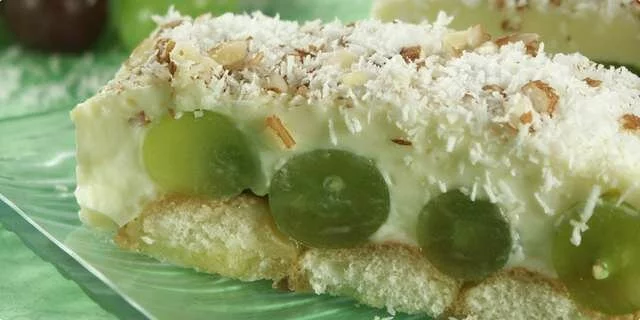Bread with Roman must from yeast
I quote the introduction to an interesting experimental task of our MMI: It was the application of yeast in the making of bread that made it possible to open public bakeries in which bread and ground flour were baked. In 168 BC. Kr. Roman citizens founded the first bakers' association known as the Collegium Pistorum.
Preparation steps
- To prepare the must, pick grapes in the garden or vineyard. If necessary, wash it and mash it in a glass jar with your hands. Throw the stalks.
- Cover the dish with gauze and leave for a day or two at room temperature (27-28 ° C for me) to ferment. Stir several times a day to prevent mold from forming on the surface - you will see it foaming like champagne :)
- After a day or two, strain the grape drops through gauze and you will get MUST - about 400 ml of golden liquid, fine honey taste and characteristic aroma.
- To prepare the bread: weigh 250 ml of must, add rye and wheat flour and salt and knead a smooth dough.
- Place the dough in a bowl greased with olive oil to rise for about 2 hours. Then mix it, shape it into a loaf, and leave it to rise again for 4-5 hours, covered in a clay pot - a Roman pot (with me on a sunny balcony).
- Preheat the oven to 250 ° C. Bake the bread covered for 20 minutes, then reduce the temperature to 200 ° C and bake for another 25 minutes. 10 minutes before the end of baking, open the pan to give the bread a golden-brown color.
- Wrap the finished bread in several layers of cloth (or tablecloth) and leave on the rack until cool.
Serving
Wonderful bread with a special sweet-fruity taste and aroma is waiting for you.

